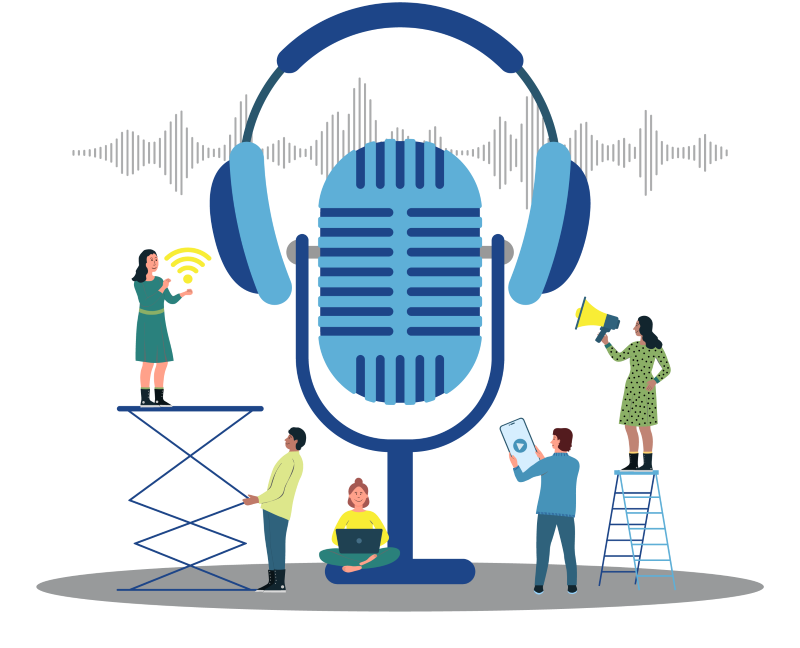SECURE 2.0 Act of 2022

The SECURE 2.0 Act of 2022 has dozens of provisions to enhance retirement security. The new law addresses many of the most pressing issues and opportunities within our current retirement system, ranging from expanding access to workplace retirement plans to increasing ways people can grow and protect their savings. Some specific provisions include tax credits and incentives for small businesses to a adopt retirement plan, the Saver’s Match from the federal government, employer matching contributions for student loan repayments, catch-up contributions, emergency savings, and more. Some of the new law’s provisions have already rolled out while other provisions are slated to roll in the coming years.
Research from Transamerica Center for Retirement Studies illustrates the importance and potential impact of this new legislation.
